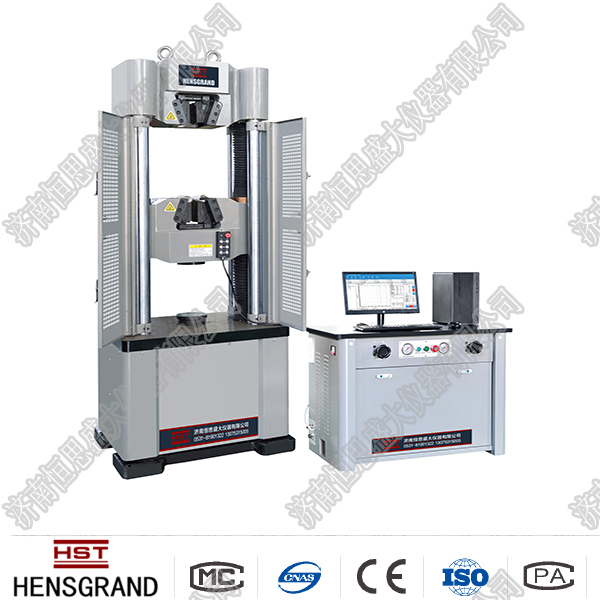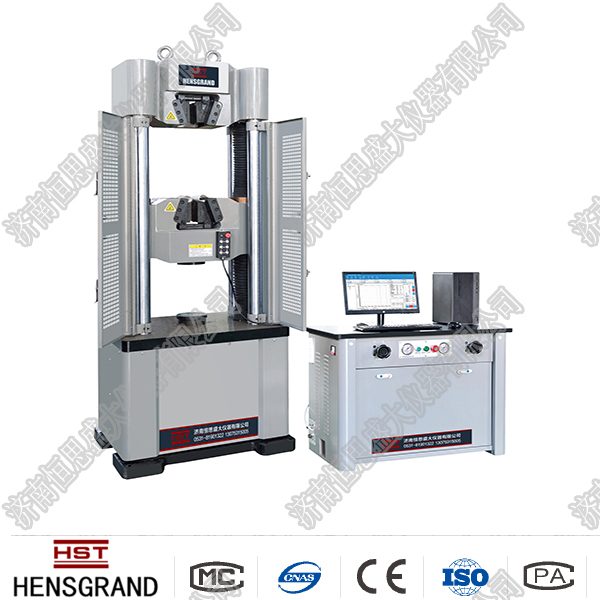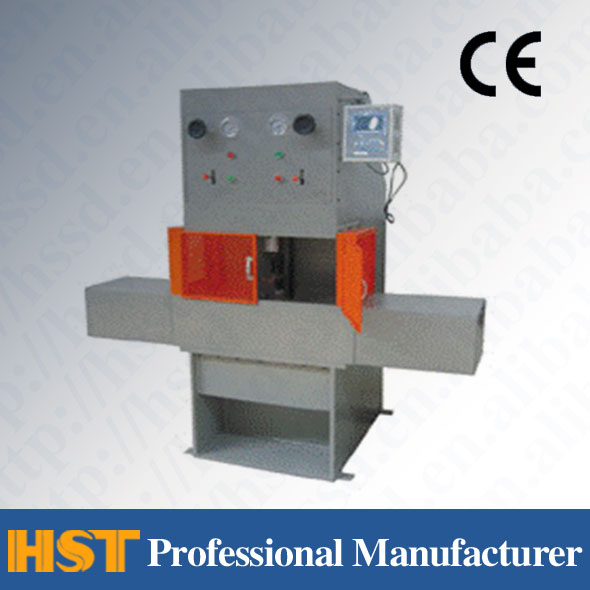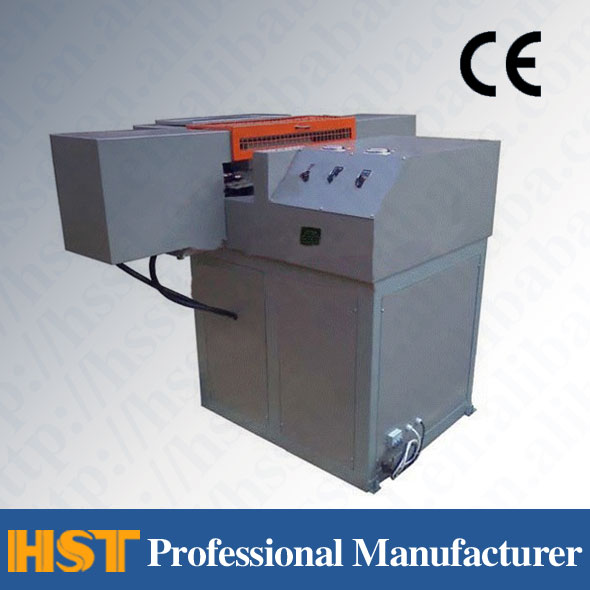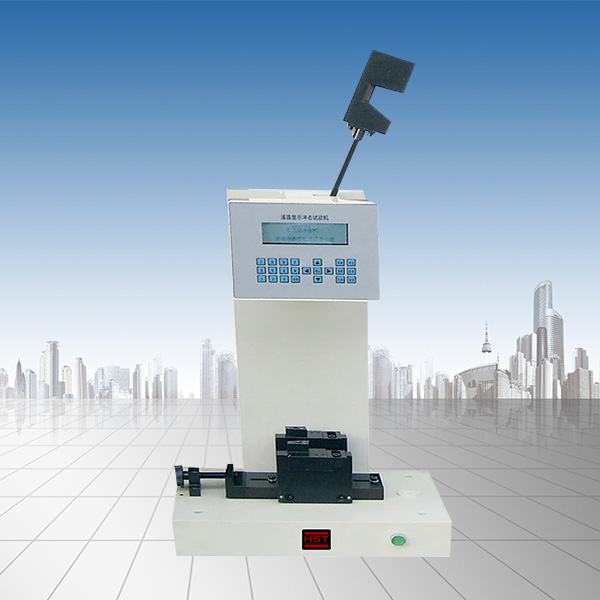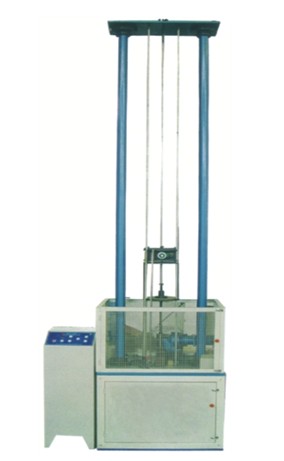News
The fully automatic electronic tensile testing machine is divided into four stages in tensile testing.
Release time:2019-06-18 source:Jinan Hengsi Shanda Instrument Co., Ltd. Browse:
The fully automatic electronic tensile testing machine is divided into four stages in tensile testing.
As we all know, metal materials usually go through four stages during tensile testing: yield stage, elastic stage, strengthening stage, necking and fracture stage. Each stage has its inherent mechanical properties, and the following are the four stages.
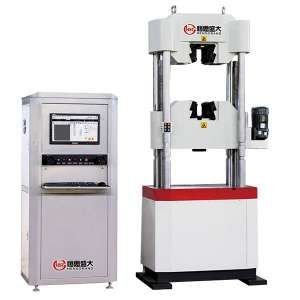
1. When the stress exceeds the elastic limit and reaches the zigzag curve, the test force will no longer increase and sometimes decrease. This phenomenon shows that the sample deformation but continues to elongate without continuing to increase or decrease slightly, which is called the yield point of the material. Its stress is called the yield point (yield stress), the maximum force (yield force on Fsu) or the minimum force (yield force under FsL) regardless of the initial instantaneous effect (the lowest point of the first drop of the load). The corresponding stresses are the upper and lower yield points respectively. The minimum load displayed by the display (minimum load after the first drop) is the yield load Fs. In engineering, only the yield point is to be lowered, and yield stress is an important indicator for measuring material strength.
2. Elastic phase In this phase, the tensile force and elongation of the fully automatic electronic tensile testing machine are proportional, indicating that the stress and strain of the steel are linear, and they fully follow Hook's law. If the stress continues to increase to point C, the relationship between stress and strain is no longer a linear relationship, but the deformation is still elastic, that is, the deformation completely disappears after the tension is removed. It is an effective indicator to control the work of materials within the range of elastic deformation and has practical value in engineering.
3. After the strengthening stage, the internal crystal structure of the sample material is adjusted due to plastic deformation, and its ability to resist deformation is enhanced. As the tension increases, the elongation deformation also increases, and the tensile curve continues to rise. This line segment is called the strengthening stage. As the amount of plastic deformation increases, the mechanical properties of the material change, that is, the deformation resistance of the material increases and the plasticity decreases. Unloading during the reinforcement phase, the elastic deformation will disappear and the plastic deformation will remain. When the tensile force increases and the tensile curve reaches the apex E, the test force at this time is the maximum tensile force Fm. This can obtain the tensile strength of the material, which is also an important indicator of the strength performance of the material.
4. Necking and fracture stages For plastic materials, before bearing the tension Fm, the deformation of the sample is basically uniform in all parts. After reaching Fm, the deformation is mainly concentrated in a local area of the sample, where the cross-sectional area is sharply reduced. This phenomenon is the "necking" phenomenon. At this time, the tension decreases until the sample is pulled off, and its fracture shape is bowl-shaped.
The above is that the fully automatic electronic tensile testing machine is divided into four stages in tensile testing. It can be clearly seen on the test force-deformation (or stress-strain) curve of the fully automatic electronic tensile testing machine, and the various mechanical performance parameters of the material can be calculated through the test curve. Test force-displacement curves, deformation-time curves, etc. can also be derived.
Recommended productsPRODUCTS


















